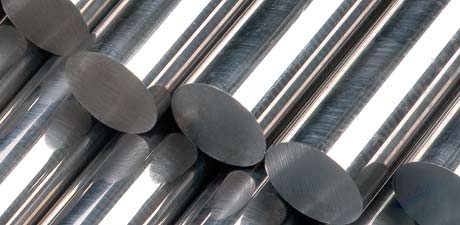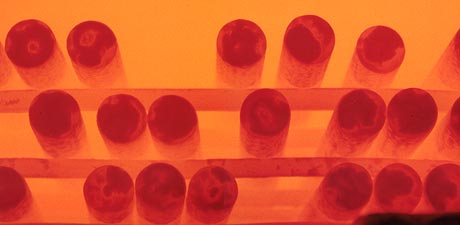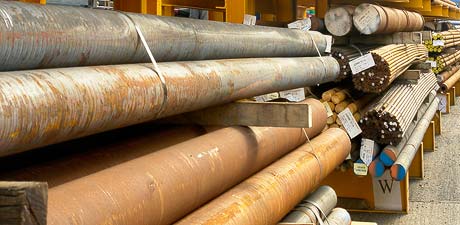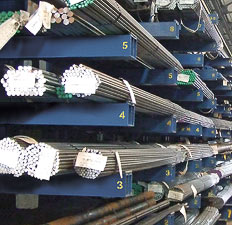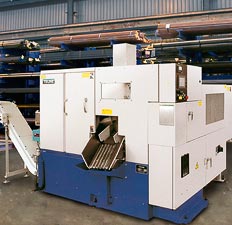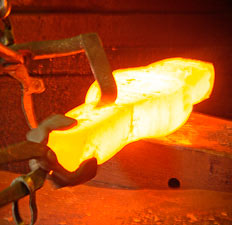Technical Data
Metallurgical Terms
Shot Peening.
Superficial cold working by directing a stream of metal shot on to the surface of a metal article. The fatigue strength is improved since the surface becomes slightly work hardened and acquires a residual compressive stress.
Si.
Chemical symbol for silicon.
Sigma Phase.
Originally a phase in iron chromium alloys containing essentially the compound FeCr, but the term has been extended to include similar related phases in other systems. It is formed at temperatures of the order of 900°C and may occur in stainless steels where, because of its hard, brittle nature, it is undesirable.
Silica. (Si02).
The most common refractory for acid furnaces, and an important constituent of steelmaking slags. Silica sand is used extensively as a foundry moulding material.
Silico-Manganese.
An alloy added to steel as a deoxidizing agent. It contains up to 2.5% carbon, from about 12 to 25% silicon and about 65 to 70% manganese.
Silky Fracture.
A steel fracture having a very smooth fine grain or silky appearance.
Silver Steel.
A name given to bright carbon steel, containing 0.95 – 1.25% carbon with normal silicon, manganese, sulphur and phosphorus. It has no silver in its composition.
Sink Head.
(See Feeder Head).
Sintered Metal Carbides.
(See Hard Metals).
Sintering.
(a) The process of agglomerating fine iron ore and iron-bearing materials such as mill scale, with coke breeze, so that they may be charged into the blast furnace without choking it and impairing its efficiency by impeding the upward flow of gases.
(b) The bonding of adjacent surfaces of particles in a mass of powder or a compact by heating to a suitable temperature depending upon the metal concerned, keeping the compact at that temperature for a predetermined time, and then cooling it.
Skin Pass (Pinch Pass).
A very light reduction given by cold rolling annealed sheet or strip to prevent the formation of stretcher strain markings and the tendency to kinks and flats on subsequent working.
Slabbing Mill.
A rolling mill in which ingots are rolled down to slabs for subsequent reduction to plates, sheet or strip.
Slag.
(a) In the blast furnace, where it is usually referred to as cinder, the molten non-metallic layer formed by the reaction of the flux and the gangue of the ore, which floats on the surface of the molten pig iron.
(b) The non-metallic layer covering the molten steel in a steelmaking furnace. It is formed from the materials, e.g., lime and ore, added for the purpose of assisting purification and plays an important part in the refining of steel. An acid slag consists principally of silica and various metallic oxides whilst a basic slag is composed chiefly of lime and metallic oxide.
Slag Washing.
A process in which steel is refined by being intimately mixed with slag after the normal steel making process.
Slip.
The mechanism of cold deformation wherein one part of a crystal glides over another part along certain planes known as slip planes.
Slip Bands.
A series of parallel lines showing across the individual crystals of a deformed polished surface.


